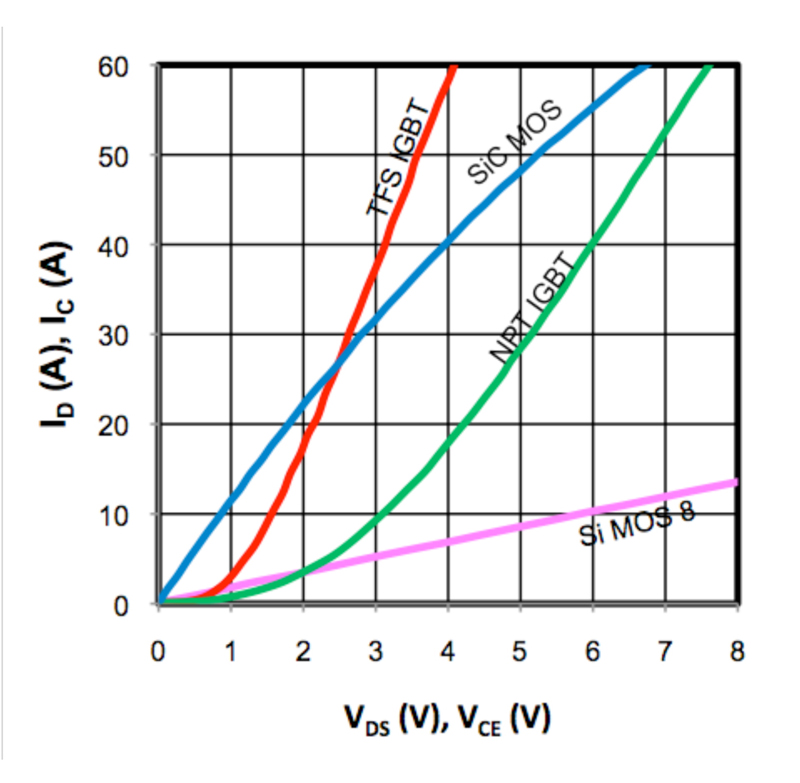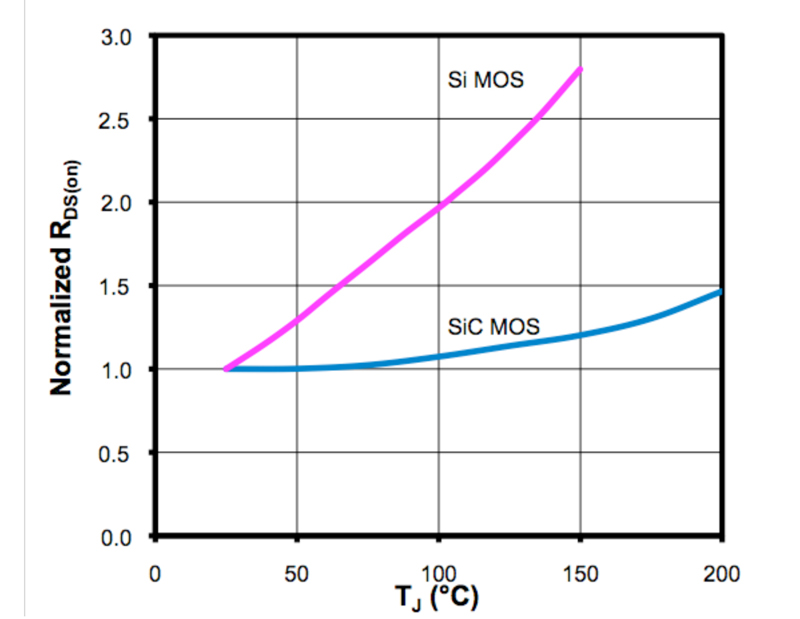Author:
Graeme Clark, Product marketing Specialist, Industrial Business Group, Renesas Electronics Europe
Date
05/11/2011
The demands being placed on designers for the next generation of domestic appliances are increasing drastically. Today we see many conflicting demands to use less power, less water and to create less noise, naturally all for less cost. These requirements create the need for more complex electronics to control the appliance and, of course, more complex software to control the electronics. This makes it essential that all of us in the industry ensure these complex systems are both safe and reliable to use. In this next generation of smarter, greener domestic appliances, we are being driven by the new sophistication of the electronics themselves to develop safer and more reliable systems. However, another reason for this trend is new legislation from the European Union, such as the IEC60730 standard for safe and reliable product design, to make sure this happens. To support this requirement, Renesas Electronics has introduced a new set of advanced safety peripherals and functions on its next generation of microcontrollers aimed at white goods applications. Several of these features have been included in the new RX200 family, a new generation of 32-bit microcontrollers for white goods and motor control applications. These devices combine the processor performance required for the next generation of smart appliances with large, embedded on-chip memories and the peripherals required for white goods applications. Most importantly, these devices integrate many innovative features to allow developers to easily implement applications which are both reliable and support built-in self-tests.

The first device in this new family, the RX210, is shown in figure 1. The RX210 is a sophisticated device that supports many advanced peripherals and integrates a large on-chip flash memory and SRAM. The RX210 implements a range of basic system reliability functions. These include a Power-on-Reset circuit to make sure the device powers up correctly in every circumstance, and a programmable low voltage detection system. This allows the designer the flexibility to detect and deal with a range of brown-out conditions, using internal voltage references to monitor both the device's Vcc levels and potentially the level of the external power supply. To minimise the risk of errors in the user's software, the RX210 implements two on-chip watchdog timers. One uses the standard CPU clock, while the second can select an independent internal clock source, allowing it to operate even when the system clocks fail. It also has a window function to allow the detection of system failures that cause the watchdog to be continuously reset, and of conditions that would make the watchdog timer time out. The RX210 also has an on-chip temperature sensor which can detect abnormal temperatures during operation, perhaps indicating an overheating problem in the system. Other standard functions allow the user to detect whether the device's I/O pins are not being driven correctly and to check that the voltage level being driven out is actually present on the I/O pins themselves. Similar system test functions have been integrated in the analogue to digital converter (ADC). The ADC has been designed with precharge and discharge circuitry that operates before the ADC conversion is made to check if the pin is open or short circuited. Internally, the ADC has been designed with self-test functions, giving users a number of internal references inside the ADC to test that it is operating correctly. Users can also put the ADC into a test mode to check an external signal. Here, the ADC will also save the value produced by the conversion of an additional internal reference signal, enabling the user to minimise the risk of a problem with the ADC at a later date. The devices also contain a range of functions to monitor the system clocks, such as a clock monitoring circuit that can detect if the system clocks have failed. The Clock Accuracy Check Circuit (CAC), shown in Figure 2, automatically monitors the oscillation frequency of the clocks to check that they have not stopped. It also compares multiple clocks, both internal and external, to make sure they maintain the correct operating frequency and produces a system exception if an error is detected, allowing the system to manage the failure more efficiently.

Turning to some of the other systems on the RX210, an important peripheral inside the device is the Data Transfer Controller (DTC). The combination of the DTC and some of the device's intelligent peripherals allows the user to automate many of the more complex self-test functions, especially those required to test the on-chip memory. These tasks traditionally take up significant amounts of CPU bandwidth. The new architecture used on the RX210 allows the CPU to concentrate on more important tasks, only responding if an error is detected. For this reason, the DTC underpins many of the "smart" functions implemented on the RX210. Data Transfer Controller (DTC) The DTC is a powerful method of transferring data from a location in memory to a peripheral on the device. Like an interrupt, it can be triggered by any event on the device. So any peripheral event, such as a timer overflowing, an external interrupt pin changing, or the ADC conversion finishing, can cause an automatic data transfer to be initiated. This transfer can move one or more bytes from any location in memory or a peripheral to any other location. It is also not limited to the peripheral that generated the transfer request. A frequent use for this function is to make a transfer between memory and a peripheral, such as the Digital to Analogue Converter (DAC) under the control of another peripheral, such as a timer. The Data Transfer Controller can be used in many ways, generating multiple transfers of one or more bytes, or single transfers that occur once. One of the most important features of the Data Transfer Controller is its ability to chain transfers. This enables one transfer to automatically trigger a second, which, when complete, can trigger a third, and so on. This allows the user to create a sequence of events moving data around the device, without CPU intervention. This is a very powerful feature when combined with some of the following peripherals. CRC Function A hardware CRC function is implemented on the RX210 and can be used in a variety of ways with three user selectable polynomials. However, when combined with the Data Transfer Controller and a timer, it provides a powerful mechanism to allow the system to automatically cycle through the memory in the background, while the CPU is running normally, and check that the flash is still programmed with the expected data. DOC Function The Data Operations Circuit (DOC) is a power circuit that allows the user to make simple comparisons between two elements of data without CPU intervention. This is probably one of the most flexible and powerful safety features on the device, as it assists RAM failure testing and can also be extremely useful in other applications. The DOC can execute three simple operations. It can make a comparison between two elements of data, then generate an interrupt depending on whether there is a match or not. It can also add or subtract values and generate an interrupt if the result is an overflow or underflow respectively. These addition or subtraction modes enable the detection of a range of values, a useful feature in many applications. When combined with the Data Transfer Controller, the DOC is able to operate in the background, automating many tasks independently of the CPU. One possible task is to test some areas of the SRAM with minimal CPU intervention, but many other applications are also possible. These are just some of the advanced features implemented on the RX210 to support the next generation of white goods applications. They facilitate the development of extremely reliable, cost-effective solutions for home appliances and easily meet both today's and tomorrow's regulatory requirements. www.renesas.com